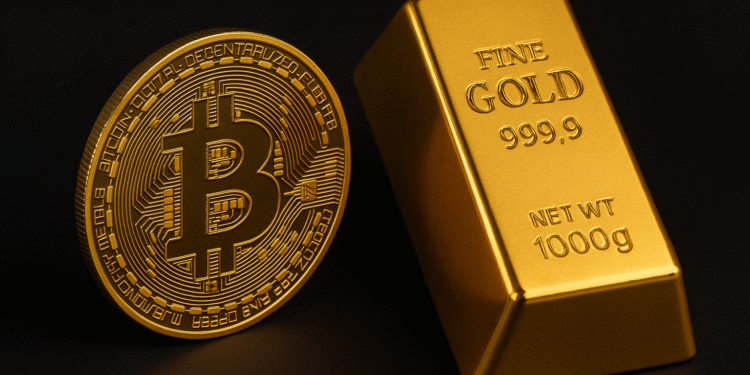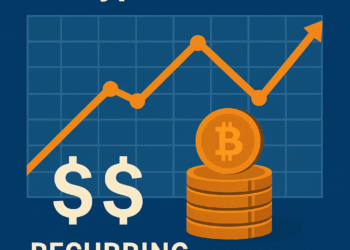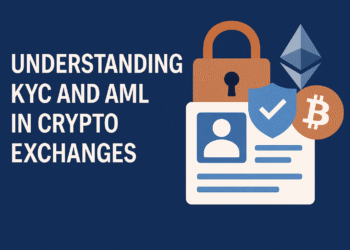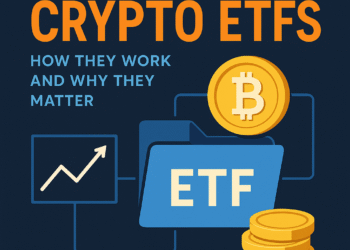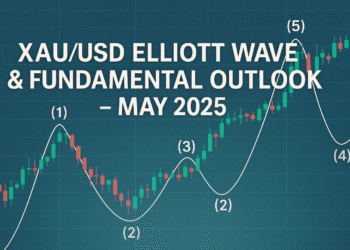As gold continues to surge to new all-time highs, more Bitcoin enthusiasts are exploring ways to gain exposure to the precious metal. But for crypto-native investors, navigating the traditional gold market hasn’t been so seamless.
Meanwhile, gold advocates argue that buying and holding the metal remains far more straightforward than dealing with the complexities of Bitcoin wallets and self-custody. So, how do these two asset classes really compare for today’s investor?
Accessibility: Bitcoin Is Easier for the Digitally Native
For crypto users, acquiring Bitcoin is fast, frictionless, and available 24/7. According to Ross Shemeliak, co-founder of the tokenization platform Stobox, Bitcoin is significantly more accessible than physical gold:
“There’s no need for vaults or physical storage. With Bitcoin, you skip the logistical headaches of transportation, verification, and reselling.”
Adam Lowe, chief of product at self-custody platform CompoSecure, echoed this sentiment. He pointed out that with gold, buyers need to ensure purity, trust dealers, and navigate a supply chain. Liquidity also becomes an issue when trying to sell gold, as it’s often offloaded below market price.
The Hidden Costs of Physical Gold
Buying gold isn’t as simple as walking into a store. Investors often pay a premium over spot prices, especially when dealing with coins or bars. Add to that the challenge of secure storage, insurance, and verification, and the appeal of physical gold starts to fade — especially for younger, tech-savvy investors.
Shemeliak highlights this reality:
“Retail investors typically face widened spreads and limited liquidity. In contrast, Bitcoin offers verifiability, global liquidity, and ease of transfer.”
The Challenge of Bitcoin Self-Custody
Not everyone agrees Bitcoin is simpler.
Rafi Farber, a staunch gold advocate and publisher of End Game Investor, argues that Bitcoin’s so-called ease is overstated — especially for newcomers unfamiliar with crypto’s steep learning curve.
“If you’re not already set up, buying Bitcoin can be daunting. You need to learn how wallets work, remember recovery phrases, and safely store private keys. One mistake, and your assets could be lost forever.”
Indeed, even companies like Trezor acknowledge that usability remains one of the biggest obstacles to mainstream adoption. They offer onboarding sessions — for a fee — to help users navigate self-custody safely.
Digital vs Physical Ownership: What Matters More?
While Farber claims physical gold is easy to acquire through coin or jewelry shops, Shemeliak pushes back:
“Buying a gold coin at a shop doesn’t make it a sound investment. Without proper origin verification and secure storage, you’re likely buying a keepsake — not a reliable store of value.”
He argues that digital assets, including Bitcoin and tokenized gold, provide transparency, on-chain verifiability, and far superior liquidity.
Still, Shemeliak doesn’t view Bitcoin as a direct competitor to gold:
“Gold has historical significance and enduring value. But Bitcoin is building the financial infrastructure for the next century.”
Performance Check: Bitcoin vs Gold in 2025
As of now, gold is trading at $3,327, up 27% year-to-date (YTD), breaking record highs. Bitcoin, on the other hand, hit new peaks near $110,000 in late 2024, but has since cooled off and is down 10% YTD, currently trading around $84,525, according to CoinGecko.
While both assets have proven to be strong hedges in turbulent markets, their investment profiles — and underlying philosophies — remain distinctly different.
Final Thoughts
Gold and Bitcoin serve different investor needs. Gold brings legacy, stability, and physical tangibility. Bitcoin offers programmability, borderless transfer, and digital-native flexibility.
For those comfortable in the digital world, Bitcoin’s accessibility and transparency can be a huge advantage. For more traditional investors, gold’s physical nature and established reputation remain reassuring.
Ultimately, the better investment depends on your risk appetite, technological comfort, and long-term outlook.


